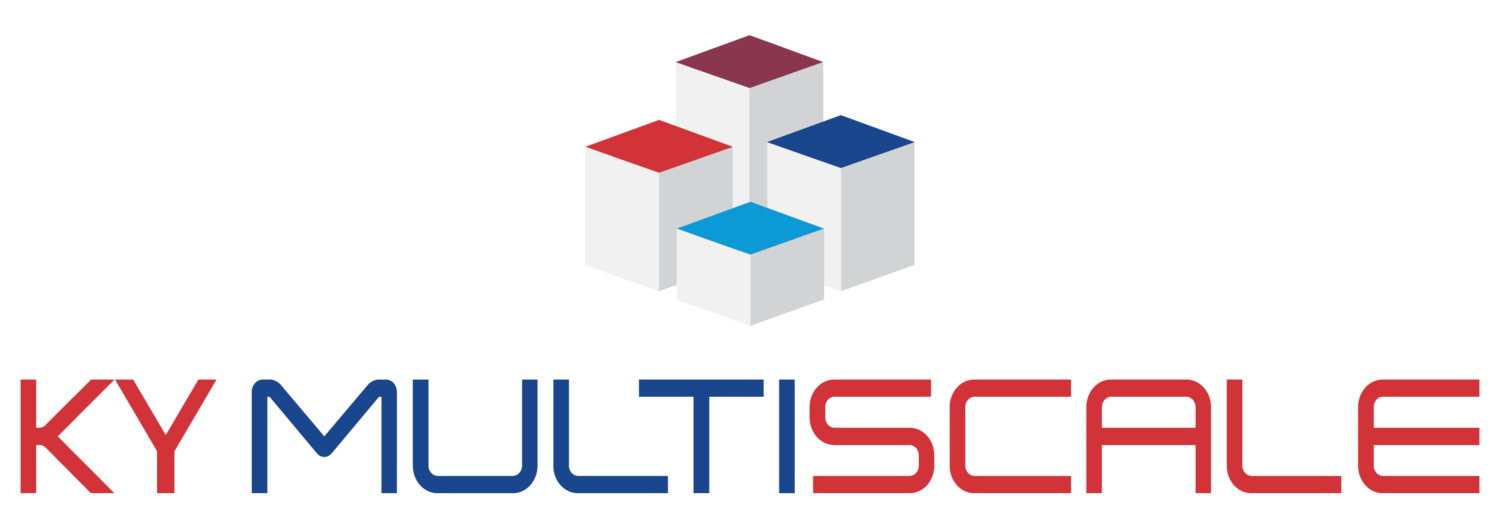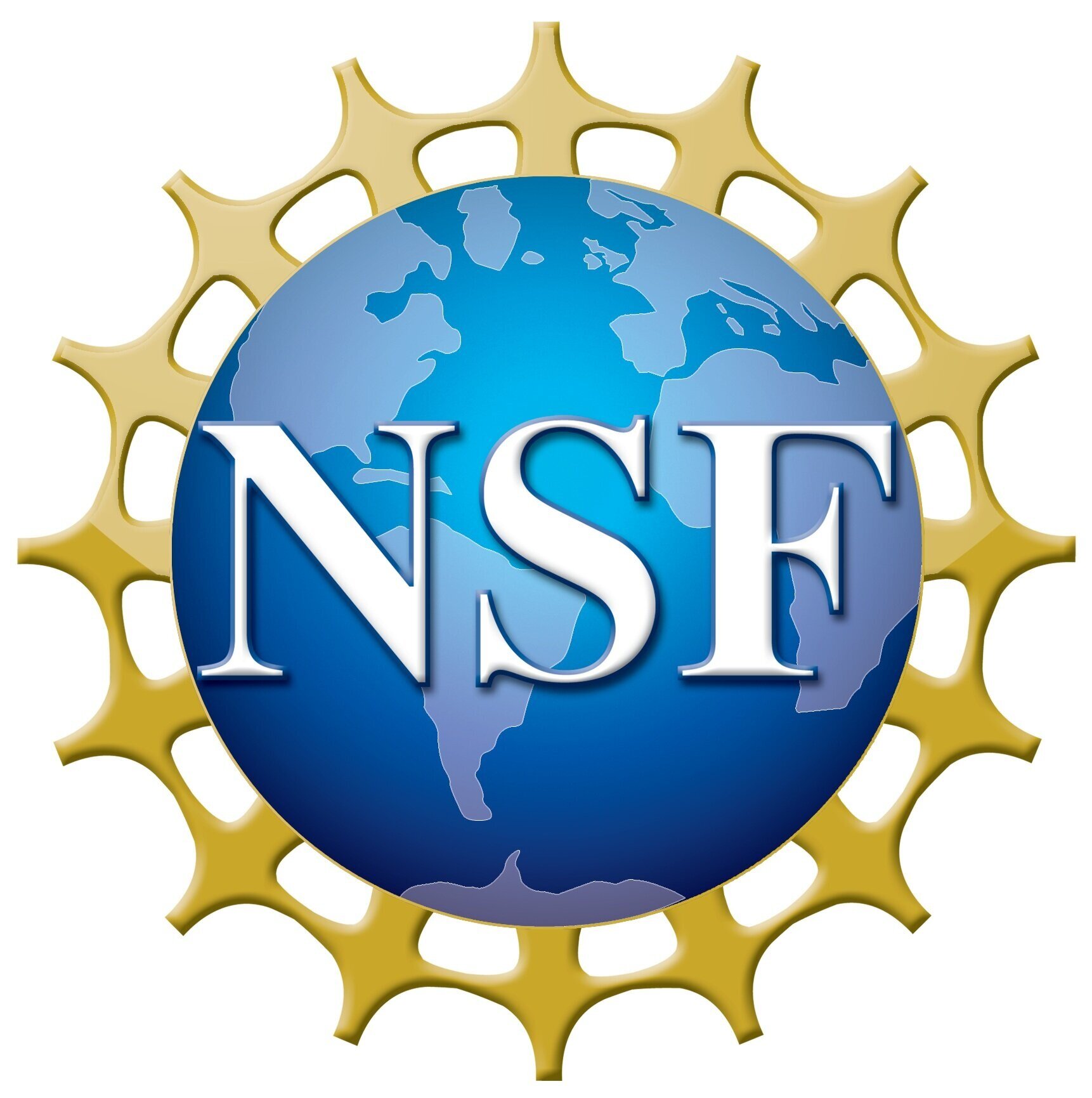Abstract
Fiber lasers offer significant advantages for power scaling as compared with other laser system architectures. They provide a means for efficient pumping, improved heat management due to a large surface-to-volume ratio, excellent beam quality, high vibration tolerance, and established manufacturing techniques. During the past decades, we have worked to improve the fibers’ constituent core and cladding materials, to enable high-power optical isolators, and to enable other system components. However, new sensor approaches are needed as well. Traditional techniques for sampling the light in optical fiber sometimes require multiple splicing of fiber, are often time-consuming to employ, provide poor sensitivity, significantly perturb the fiber’s coupled light, and frequently lead to damage during higher-power fiber operation. We propose a new approach for fiber sensing that utilizes controlled Mie scattering from the fiber such that the detectors and fiber are mutually positioned by a Si microstructure. We recently demonstrated this approach as a way to quickly measure the attenuation of short-length high-loss optical fibers [Applied Optics 57 (2018)].
During the talk, high-power laser system architectures will be compared with an emphasis on the inherent advantages of fiber. The state-of-the-art for high-power fiber laser development will be outlined next with an emphasis on component needs. Finally, our recent effort to demonstrate a new means for characterizing optical fiber will be explained, and the potential of extending this approach to other components will be discussed.
About the Speaker
Frank Kenneth Hopkins earned MS degrees in both electrical engineering and physics and a PhD degree in electrical engineering, all from the University of Cincinnati, and he completed Air War College. His professional career comprises several years of university teaching including three years at the University of Louisville, experience in industry including as a principal in the start-up of a public technology company, and greater than 31 years of federal service in the Air Force Research Laboratory and association with the Air Force Institute of Technology. Ken’s focus has been on materials and devices for laser sources, infrared detectors, and integrated photonics. His efforts led to the fielding of new airborne systems and thus to various awards including the Federal Laboratory Consortium Award for Excellence in Technology Transfer, the Meritorious Civilian Service Award, and the Technical Leadership Award from the Affiliate Societies Council of Dayton, Ohio. Ken is a Fellow of SPIE, a Senior Member of IEEE, and a member of the Assoc. of Old Crows. He has published more than 140 papers in various journals and conference proceedings, and he holds three patents.




